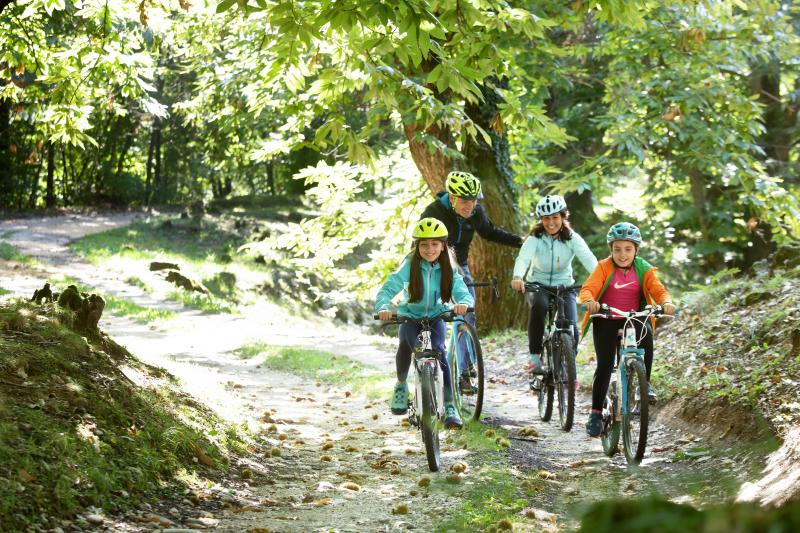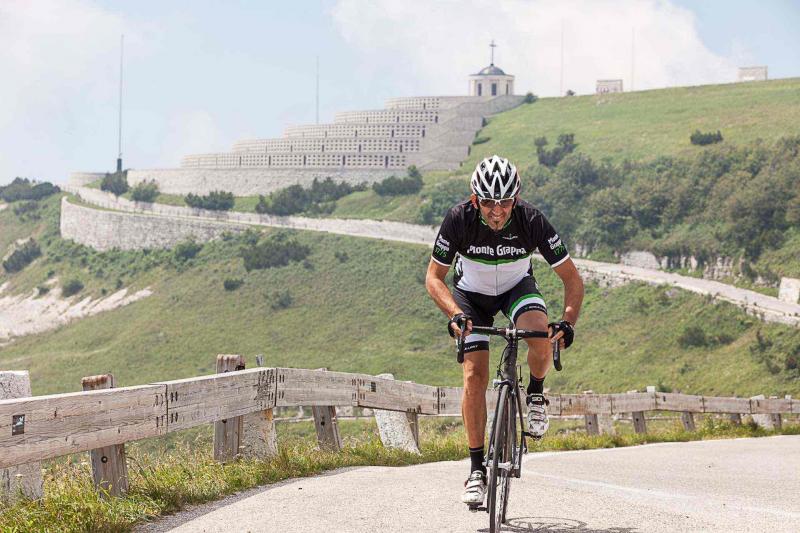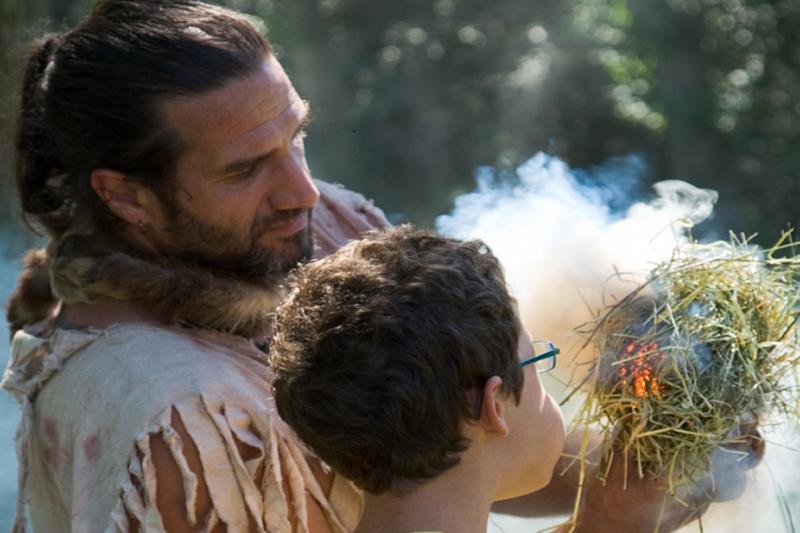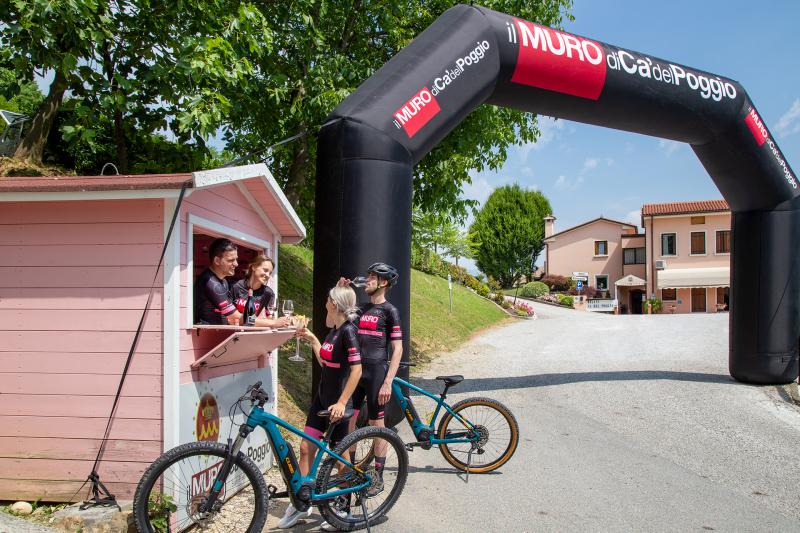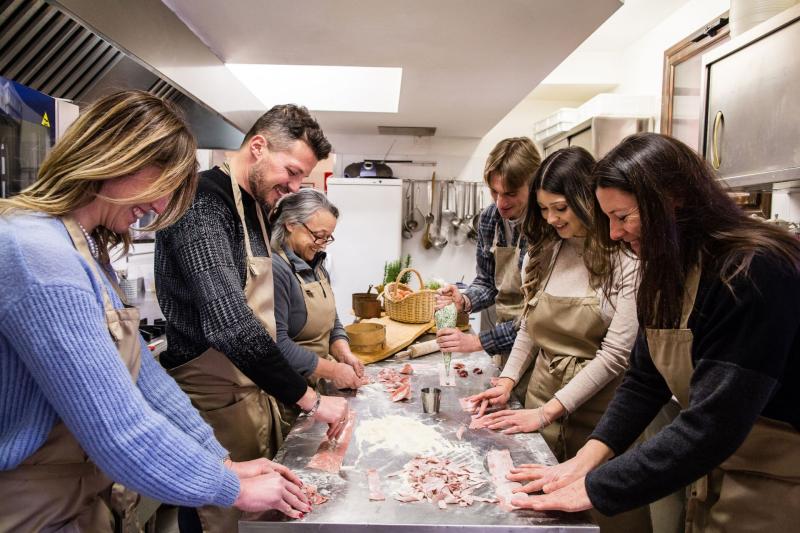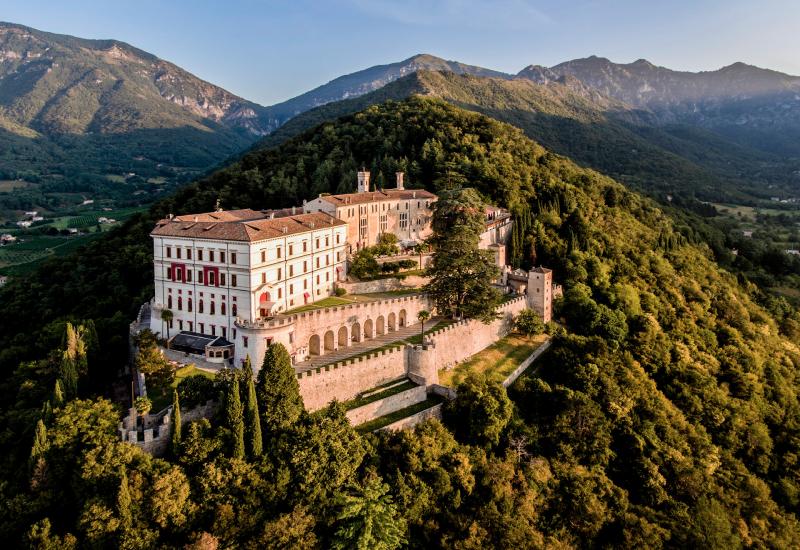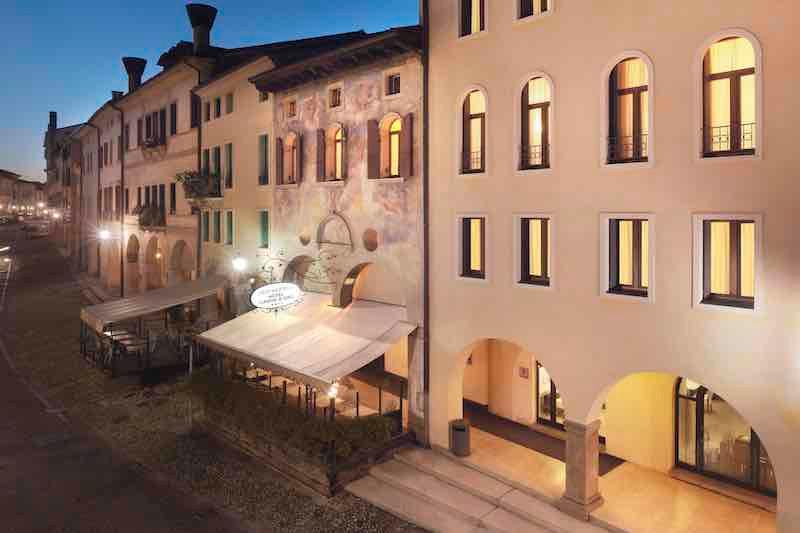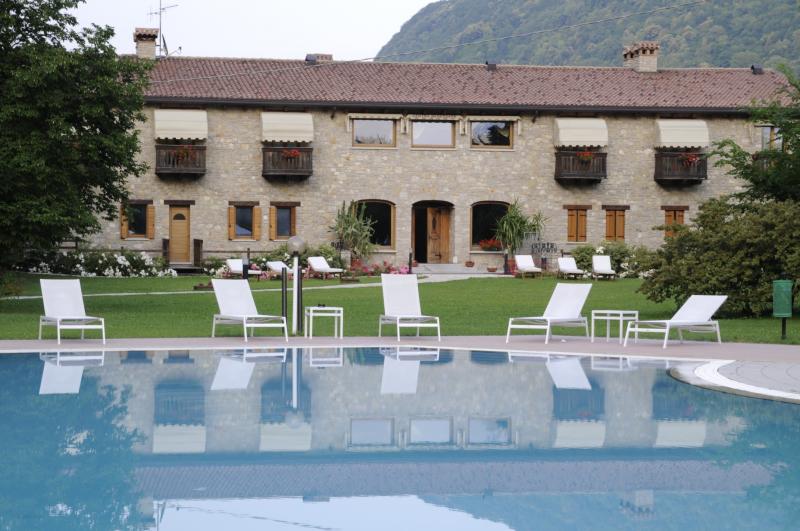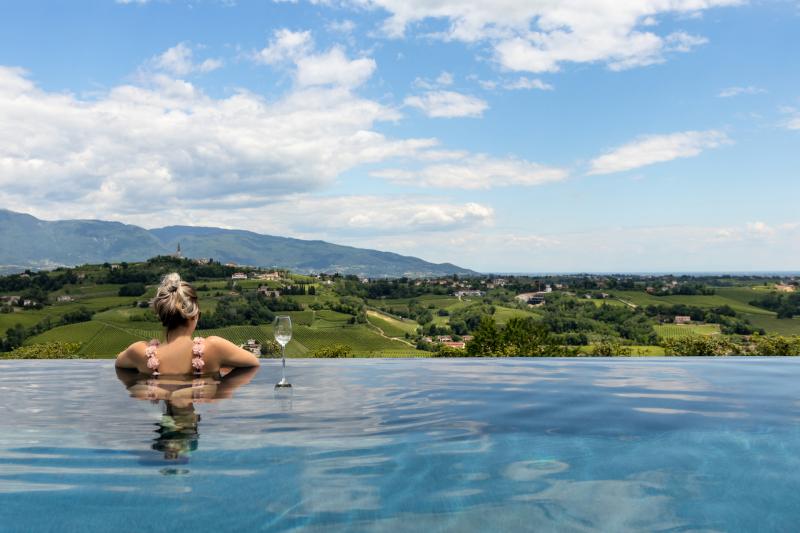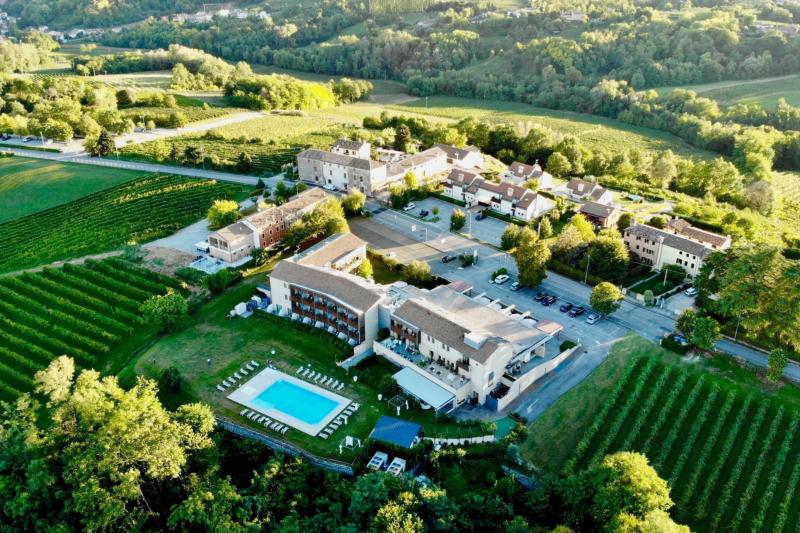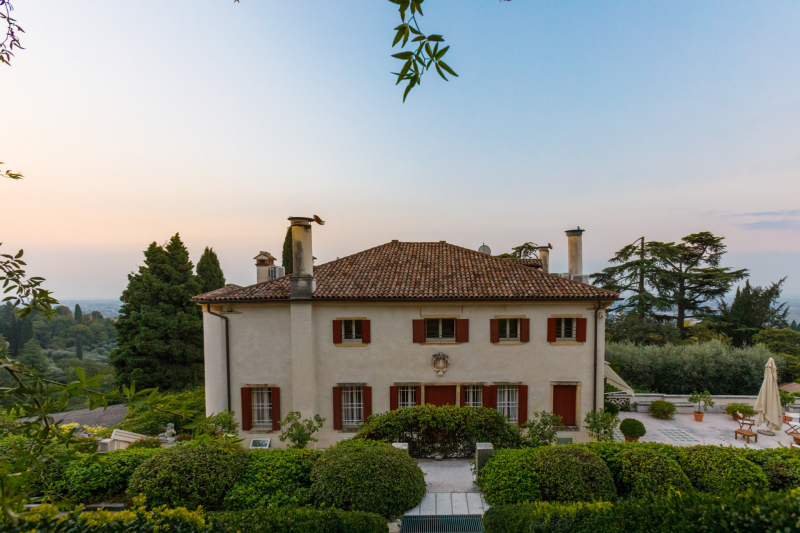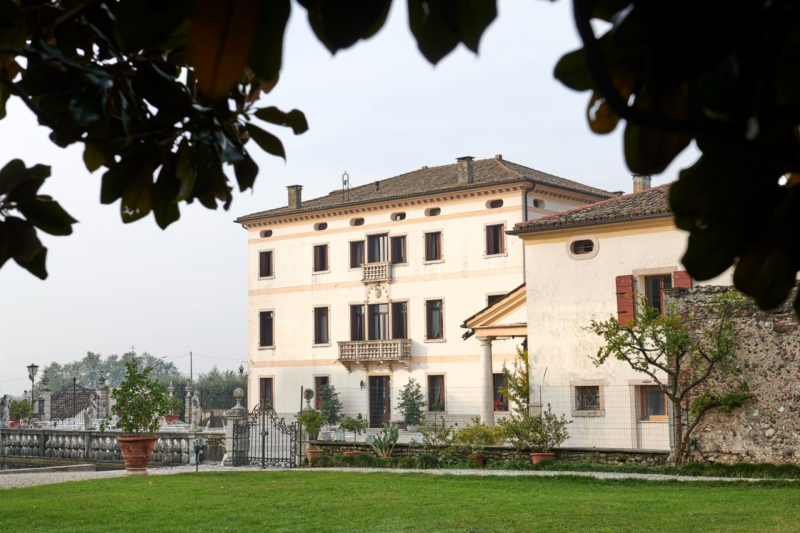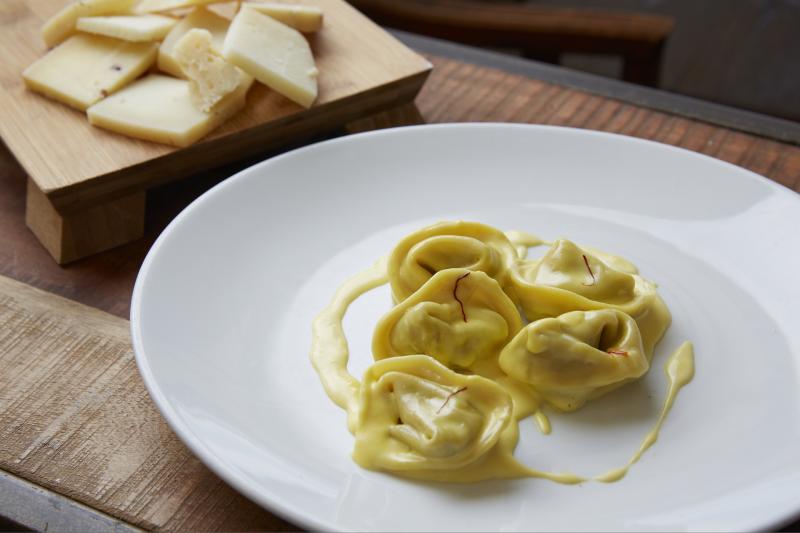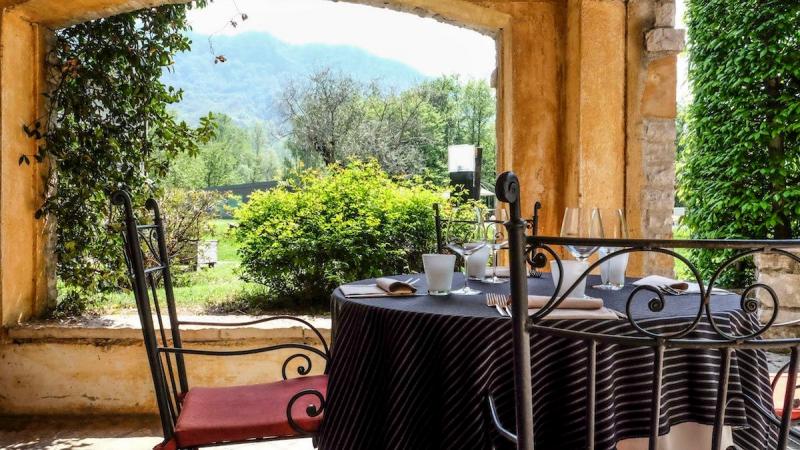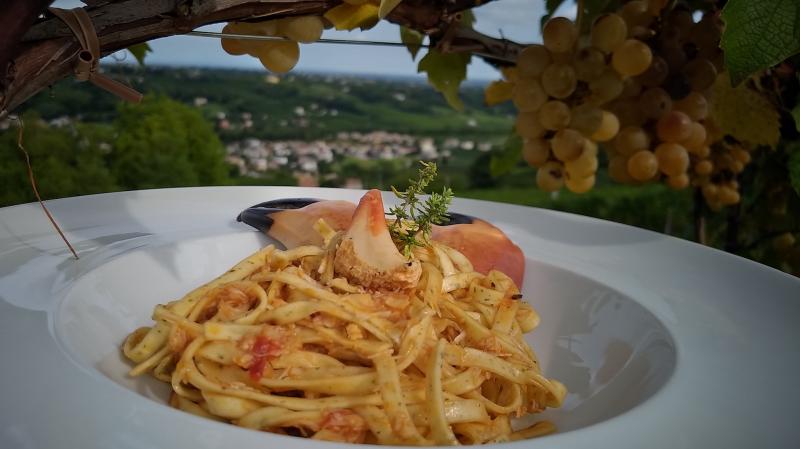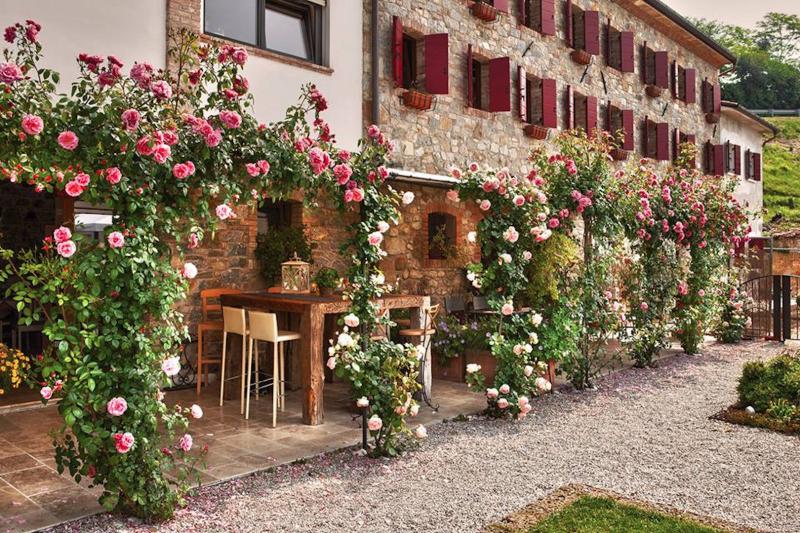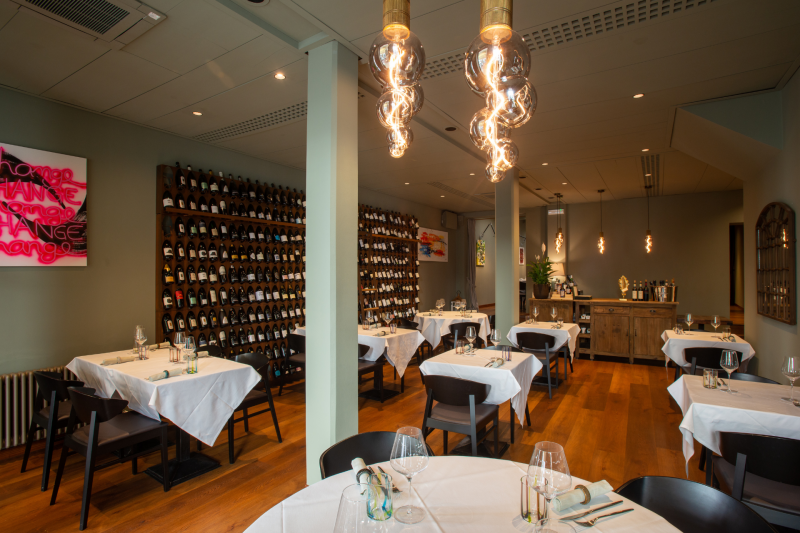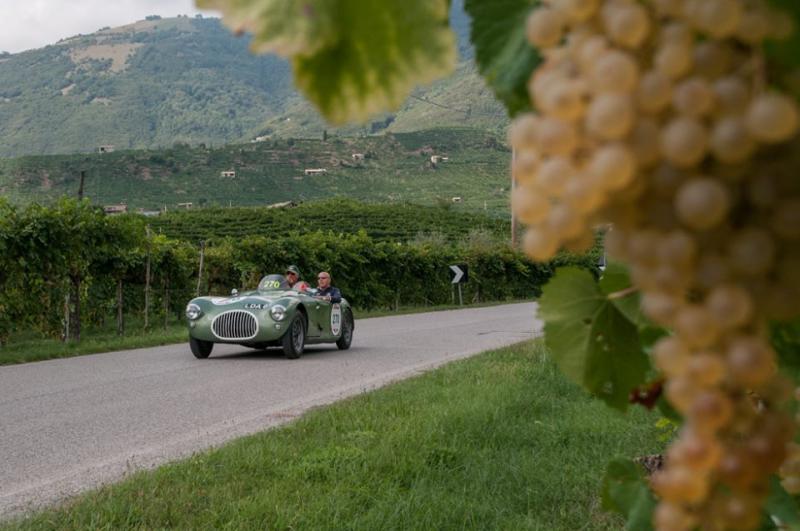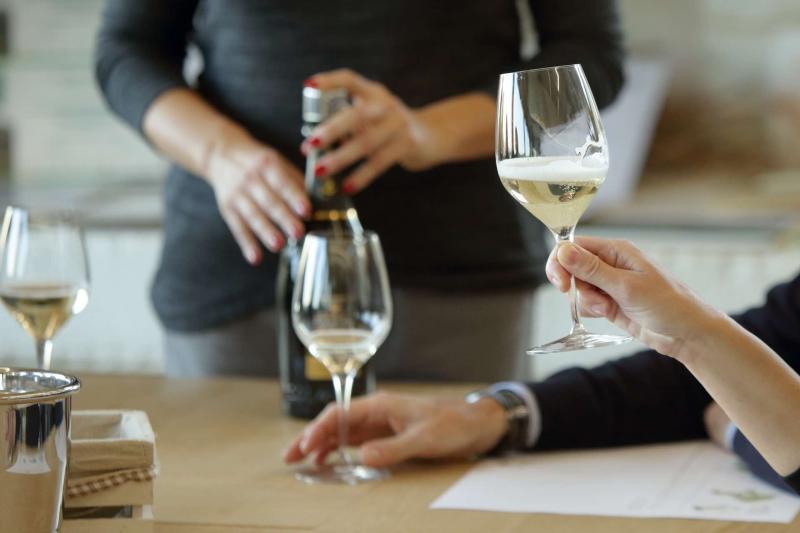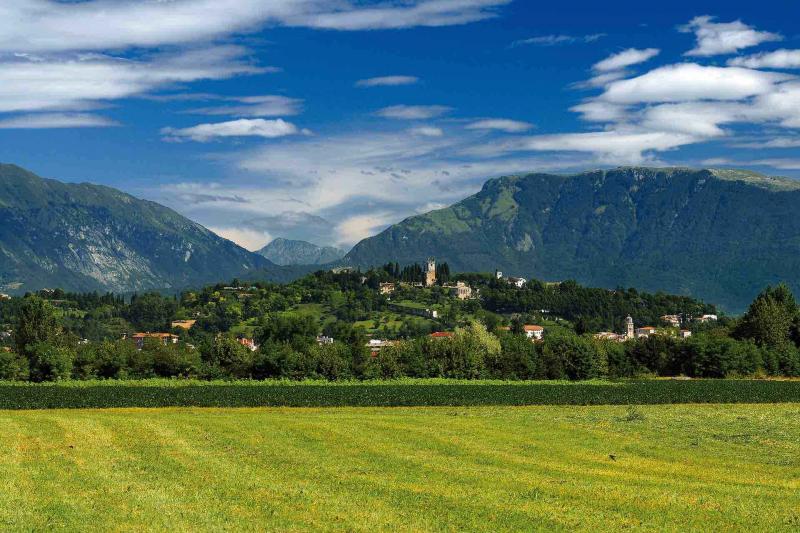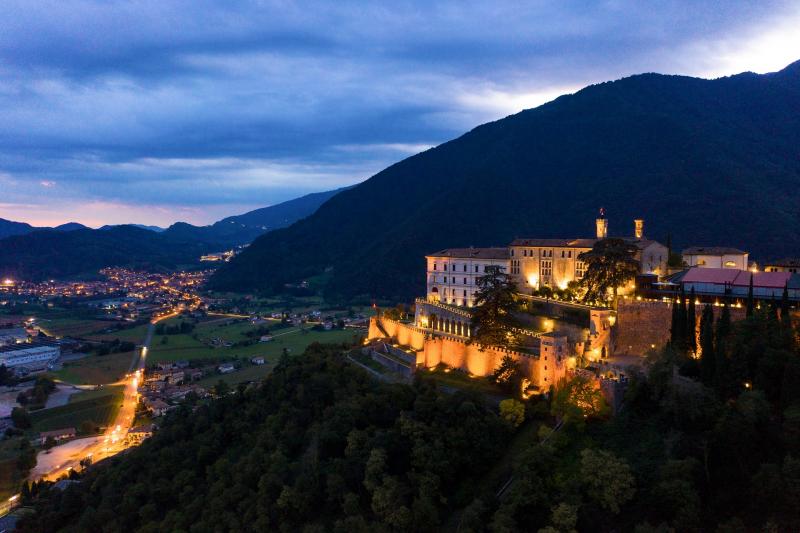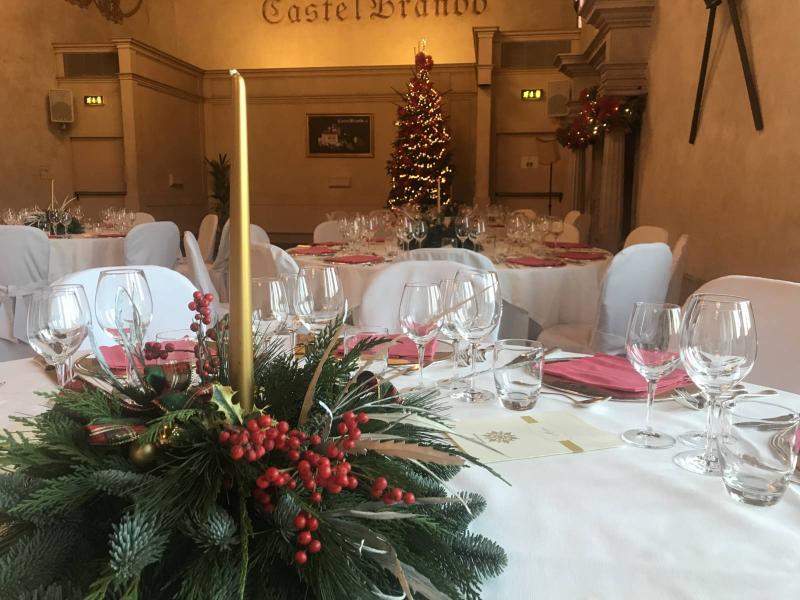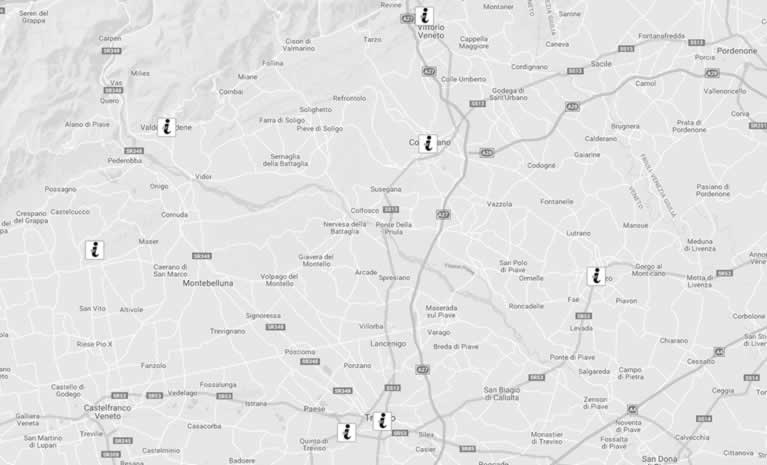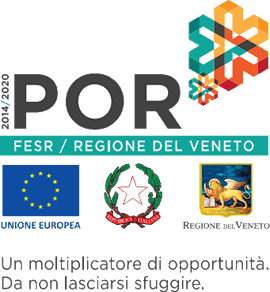Exquisite Conegliano is known as the “Pearl of Veneto”.
Art, wine and many events in Conegliano, you never get tired here!
You’ll never get tired of the art, wine and countless events in Conegliano! It’s so exquisite that it’s known as the “Pearl of Veneto”. Located in the Prosecco Superiore Hills, Conegliano is home to the first oenology school in Italy, which was founded in 1876. As you stroll past the little osterias and restaurants in the old town centre, you’ll soon see that wine growing and cuisine are a key part of life here. The beautiful decorations that adorn every corner of Conegliano will make you feel like you’re strolling through the streets of Venice.
Three reasons to visit Conegliano:
- The stately buildings lining Via XX Settembre and Piazza Cima, the heart of the town centre. Take part in one of the numerous events organized here or watch the shows on the bill at the Teatro Accademia, which is one of the biggest theatres in the Province of Treviso.
- Long-established companies: learn all about the coffee production process by visiting the museum of Dersut, which was founded here. It is open on the first Saturday of every month. The Carpenè Malvolti winery was founded in Conegliano many years ago and it is still run by a family from the town today.
- Conegliano’s Medieval Castle, which stands tall over the town. Visit the museum in the tower and climb up to enjoy the panoramic views from the terrace at the top: on sunny days you can make out Venice on the horizon!
Fascinating facts about Conegliano: Giovanni Battista Cima, the landscape painter
Conegliano is renowned as the birthplace of the leading Renaissance painter Giovanni Battista Cima, who is famous first and foremost for his bright, clear depictions of landscapes. Although he did all of his work in Venice, the landscape in and around his home town can be seen in the backdrops of at least 24 of his works. The sites portrayed include the Castle and the old church of San Leonardo, the Castle of San Salvatore in Susegana, just a short distance from Conegliano, the rolling Conegliano hills, and the Piave valley.





